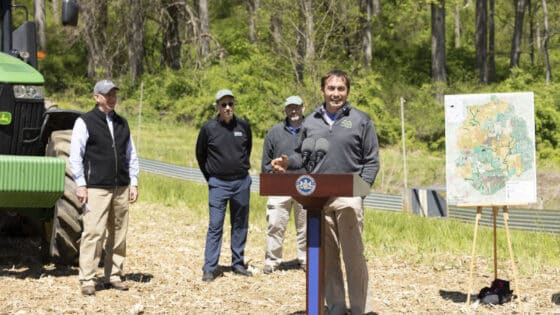Costigan, K.H., and M.D. Daniels. 2012. Journal of Hydrology 444–445:90–99.
doi: 10.1016/j.jhydrol.2012.04.008
Summary
Many studies have investigated post-impoundment hydrologic regime alteration; however, the Great Plains of the United States are often excluded from these analyses. The goal of this analysis was to evaluate the pre and post-impact hydrologic regimes of Great Plains rivers. The hydrologic records of nine large rivers were analyzed to quantify the magnitude, duration, and direction of hydrologic alteration attributable to impoundment. An additional tenth system, the Red River of the North, was included in the analysis to provide an example of a comparable regional hydrologic regime without the presence of impoundments on the main-stem of the network. Hydrologic regimes were analyzed using the Indicators of Hydrologic Alteration, a model that estimates 33 hydrologic and ecologically relevant parameters. For many of the parameters, the magnitude, duration, and direction were similar across the systems. The results showed a significant increase in the 1 through 90 day minimum discharges and a significant decrease in the 1 through 90 day maximum discharge; though the magnitude of alteration decreased with increased temporal averaging. The most dramatic alterations were large increases in the number of annual hydrograph reversals and faster rise and fall rates. Results of this study are the first to quantify the widespread hydrologic alteration of Great Plains rivers following impoundment.



